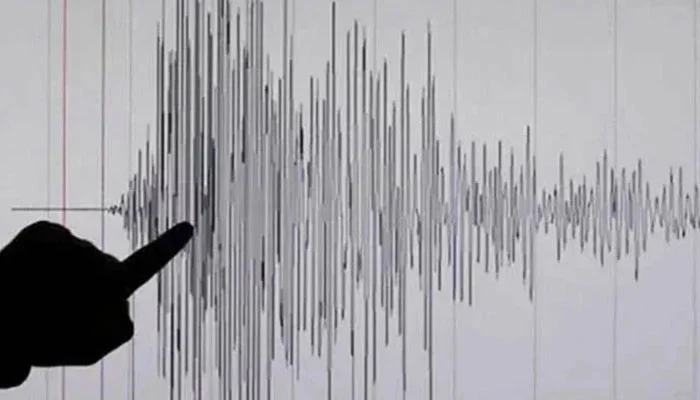Residents of Khyber Pakhtunkhwa’s capital city experienced a mild earthquake on Wednesday, recorded at an intensity of 4.7 on the Richter Scale, causing widespread surprise.
The Seismological Centre, providing details of the seismic event, reported that the light tremors were felt in Peshawar, with the earthquake’s epicenter located in Afghanistan’s Hindu Kush mountain range. The depth of the earthquake was specified as 211 kilometers.
These tremors occurred approximately a month after a 5.3-magnitude earthquake impacted Islamabad and various parts of Khyber Pakhtunkhwa, including Mardan, Swat, Nowshera, Swabi, and North Waziristan. The epicenter for that tremor was also situated in the Hindu Kush region of Afghanistan, at a depth of 230 kilometers, with coordinates recorded at latitude 36.63 N and longitude 71.13 E.
Prior to that, two more earthquakes had affected Khyber Pakhtunkhwa, Azad Kashmir, Punjab, and parts of Afghanistan. The first of these, measuring a magnitude of 5.5, struck several cities across northern Punjab, Khyber Pakhtunkhwa, and the twin cities of Islamabad and Rawalpindi on April 12, with a reported depth of 12 kilometers. Cities in Punjab, including Attock and Chakwal, also reported feeling tremors. In Khyber Pakhtunkhwa, tremors were felt in Peshawar, Mardan, Mohmand, Swabi, Nowshera, Lakki Marwat, Lower Dir, Malakand, Shabqadar, and other cities. Days later, on April 16, a 5.3-magnitude earthquake impacted several areas of Khyber Pakhtunkhwa, Azad Jammu and Kashmir (AJK), Punjab, and parts of Afghanistan.
Earthquakes are a recurring phenomenon in Pakistan, given the country’s geographical position on the boundary of the Indian and Eurasian tectonic plates. Large sections of South Asia are seismically active as the Indian plate continues its northward push into the Eurasian plate.
However, it is the port city of Karachi that has recently garnered attention due to a spate of persistent mild earthquakes, which totaled around 30 tremors within just a few days. According to Chief Meteorologist Aamir Haider, these recent quakes are attributed to the Landhi Fault Line becoming active after several decades and currently undergoing a natural normalization phase.



